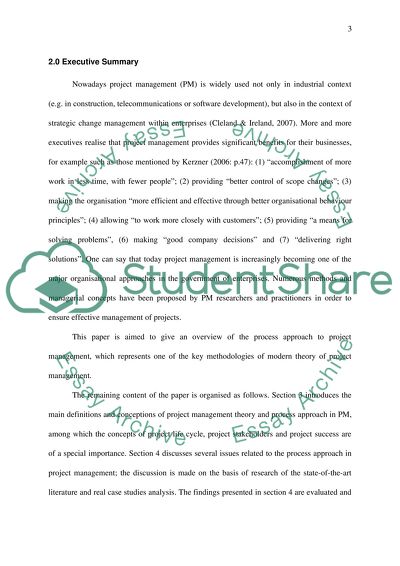Cite this document
(“Process Approach to Project Management Essay Example | Topics and Well Written Essays - 4000 words”, n.d.)
Retrieved from https://studentshare.org/environmental-studies/1411462-process-approach-to-project-management
Retrieved from https://studentshare.org/environmental-studies/1411462-process-approach-to-project-management
(Process Approach to Project Management Essay Example | Topics and Well Written Essays - 4000 Words)
https://studentshare.org/environmental-studies/1411462-process-approach-to-project-management.
https://studentshare.org/environmental-studies/1411462-process-approach-to-project-management.
“Process Approach to Project Management Essay Example | Topics and Well Written Essays - 4000 Words”, n.d. https://studentshare.org/environmental-studies/1411462-process-approach-to-project-management.


